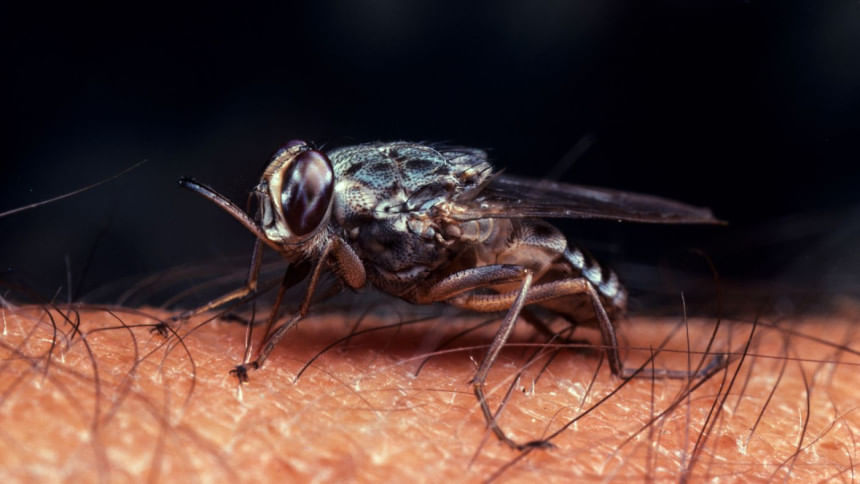Kenya declared free of sleeping sickness: A major milestone in public health

The World Health Organisation (WHO) has validated Kenya as having eliminated human African trypanosomiasis (HAT), also known as sleeping sickness, as a public health problem—making it the tenth country to achieve this milestone. HAT is the second neglected tropical disease (NTD) to be eliminated in Kenya, after Guinea worm disease in 2018.
HAT is caused by the blood parasite Trypanosoma brucei and is transmitted through the bite of infected tsetse flies. The rhodesiense form (r-HAT), the only type present in Kenya, progresses rapidly, invades vital organs including the brain, and is fatal within weeks without treatment. Rural communities relying on agriculture, fishing, and livestock are most at risk.
The first cases in Kenya were detected in the early 20th century. Since then, the country has conducted consistent control efforts, with no indigenous cases reported for over 10 years. The last local case was in 2009, with the final two exported cases in 2012.
To sustain elimination, Kenya strengthened surveillance in 12 health facilities across six historically endemic counties, equipping them with diagnostics and training staff. Surveillance of tsetse flies and animal trypanosomiasis is ongoing, supported by the Kenya Tsetse and Trypanosomiasis Eradication Council (KENTTEC).
WHO praised Kenya's achievement, with Director-General Dr Tedros Adhanom Ghebreyesus calling it "another step towards making Africa free of neglected tropical diseases." Kenya will now implement post-validation monitoring, supported by WHO and partners, to prevent resurgence.
Kenya joins Benin, Chad, Côte d'Ivoire, Equatorial Guinea, Ghana, Guinea, Rwanda, Togo, and Uganda in eliminating HAT as a public health problem—a testament to long-term commitment, intersectoral collaboration, and sustained investment in health systems.
Source: World Health Organisation

 For all latest news, follow The Daily Star's Google News channel.
For all latest news, follow The Daily Star's Google News channel. 



Comments